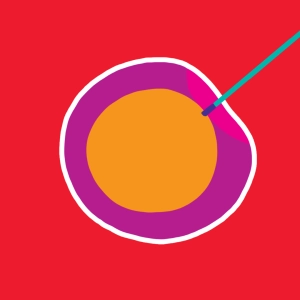 In vitro fertilization (IVF)
In vitro fertilization (IVF)
To understand the protocol of in vitro fertilization (IVF), it is necessary to understand in vivo fertilization. You are invited to view the fertilization animation.
IVF is a medically Assisted Reproductive Technique (ART). The aim is to recreate the conditions of a natural fertilization in a laboratory. It is offered to couples who have certain types of infertility problems.
The IVF protocol consists of several steps whose main objective is to safely maximize the chances of pregnancy for the mother. Thus, to increase the success rates of in vitro fertilization, the protocol begins with ovarian stimulation (FSH injection) to force the development of several follicles, whereas in a non-stimulated cycle, only one dominant follicle will reach maturity. This usually involves obtaining 8 to 15 eggs (oocytes) that will be collected at the time of the puncture.
Fertilization takes place in the laboratory on the same day as the puncture. The development of the embryo is monitored for several days. The most favourable embryo or embryos are selected for transfer. In agreement with the doctor, it may be decided to transfer one or more embryos 2 or 3 days after fertilization, or to carry out a "prolonged culture" by transferring an embryo to the blastocyst stage 5 days after fertilization.
Warning: This animation is intended as an educational illustration. Under no circumstances can it be used as a medical or scientific reference. Each couple is unique and there are several variants around this protocol. An IVF follows very strict technical and legal rules specific to each country. It is implemented by a group of professionals, practicing in a specialized clinic.
